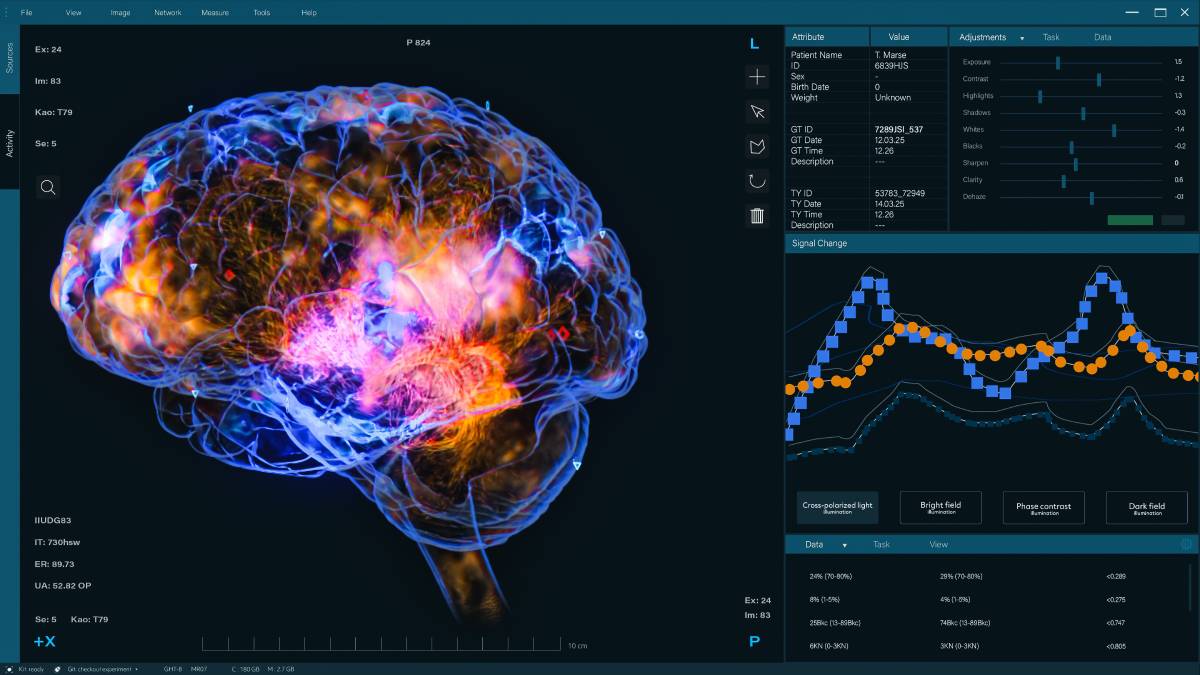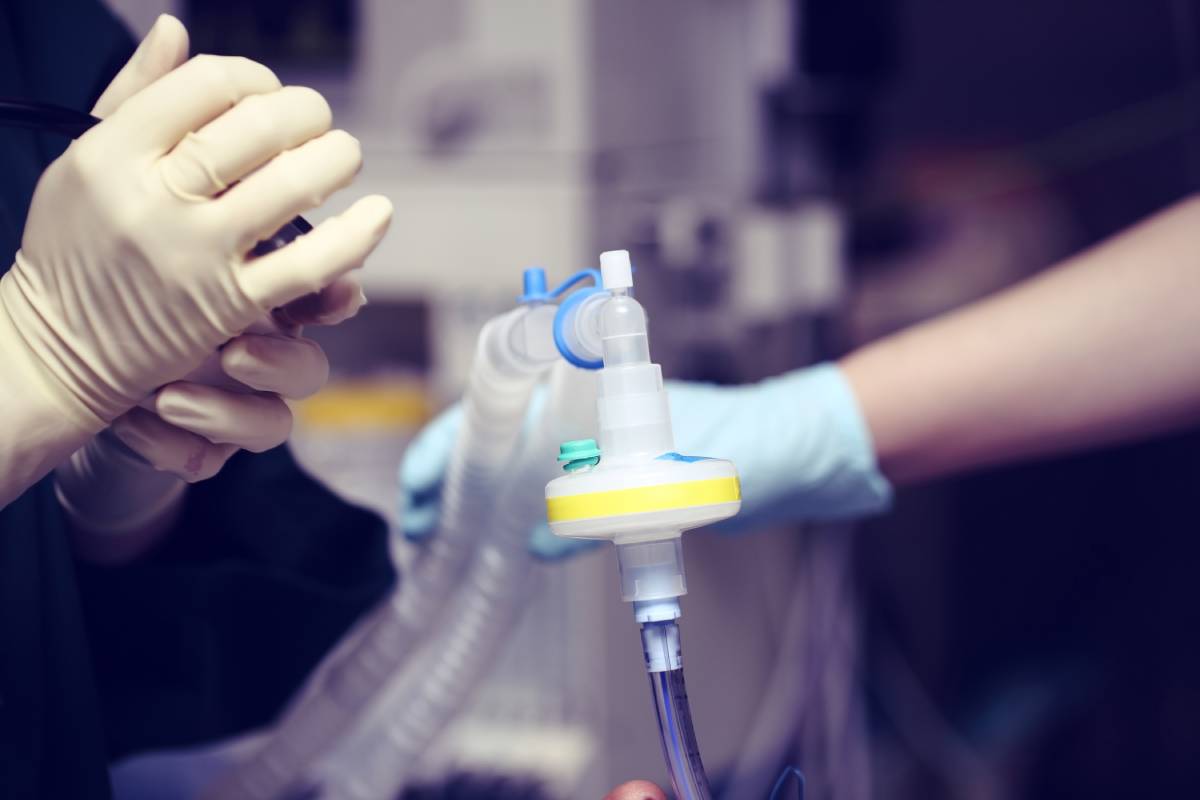As perioperative care grows more complex, anesthesiologists are increasingly expected to interpret medical imaging at the point of care. Familiarity with chest radiographs, point-of-care ultrasound (POCUS), transthoracic and transesophageal echocardiography (TTE/TEE), and ultrasound-guided regional anatomy has transitioned from a desirable skill to an essential competency. Training programs for anesthesiologists must therefore integrate structured curricula, assessment,… Continue reading Anesthesiologist Training to Read Medical Imaging Scans
Anticholinesterases, also known as cholinesterase inhibitors, are a class of drugs that inhibit acetylcholinesterase, the enzyme responsible for degrading the neurotransmitter acetylcholine at the junctions between neurons. By preventing the breakdown of acetylcholine, anticholinesterases prolong the neurotransmitter’s activity at nerve cell receptors. They are used to treat a range of neurodegenerative diseases, including Alzheimer’s and… Continue reading Anticholinesterases in Anesthesia
The perioperative period presents a critical window in which nutrition influences surgical outcomes, recovery trajectories, and overall patient survival. Malnutrition, whether overt or subclinical, is a prevalent and often underestimated risk factor among surgical patients. Numerous studies have demonstrated that inadequate nutritional status prior to surgery increases the likelihood of postoperative complications, including infections, delayed… Continue reading The Importance of Nutrition in the Perioperative Setting
Pulmonary fibrosis is a progressive interstitial lung disease that leads to architectural distortion of the lungs. It is characterized by fibrosis, honeycombing, and reduced lung volume. Ventilation of patients with pulmonary fibrosis under general anesthesia presents significant challenges due to impaired lung compliance, diffusion abnormalities, and the risk of ventilator-induced lung injury (VILI). The cornerstone… Continue reading Ventilation for Patients with Pulmonary Fibrosis During Anesthesia
In 2025, the pharmaceutical industry has witnessed a series of significant drug recalls, underscoring the ongoing challenges in ensuring medication safety and quality.
Urinary catheters are commonly used in the operating room (OR) to facilitate urine drainage, maintain bladder decompression, and ensure accurate monitoring of urine output during surgical procedures. Their use is particularly important during prolonged surgery and procedures involving significant fluid shifts, as patients are unable to void naturally when under anesthesia. Accurate measurement of urine… Continue reading Use of Urinary Catheters in the OR
Standardization in surgeries ensures patient safety and improves outcomes. Advances in medicine have largely optimized surgical spaces and created advanced machinery to monitor vitals. One of the most significant sources of variability that still remains in surgical cases is the technique and experience of individual surgeons, which can impact many aspects of the procedure. In… Continue reading Variation in Individual Surgeon Speed
Simulation training has become an essential component in modern anesthesia education. It provides healthcare professionals with the opportunity to practice critical skills, make decisions in high-stakes situations, and improve patient outcomes without the risk of harm. With technological advancements, various resources have been developed to provide simulation training in anesthesia. These resources are crucial for… Continue reading Resources for Simulation Training in Anesthesia
Intubation for patients diagnosed with angioedema is a complex and critical medical procedure due to the nature of the condition and its potential for rapid deterioration [7]. Characterized by sudden swelling of the deeper layers of the skin and mucous membranes, angioedema poses a significant risk to life when it affects the airway [7]. This… Continue reading Intubation for Patients with Angioedema









